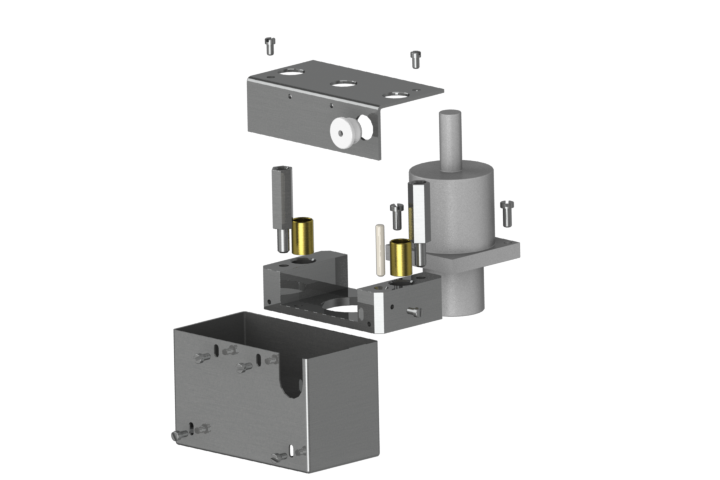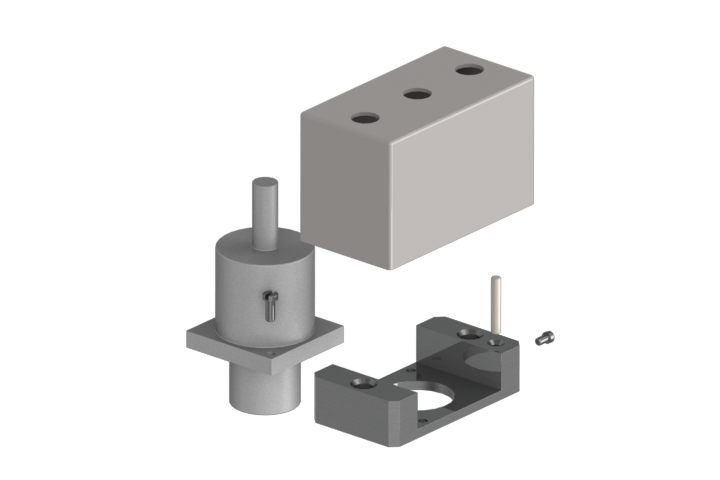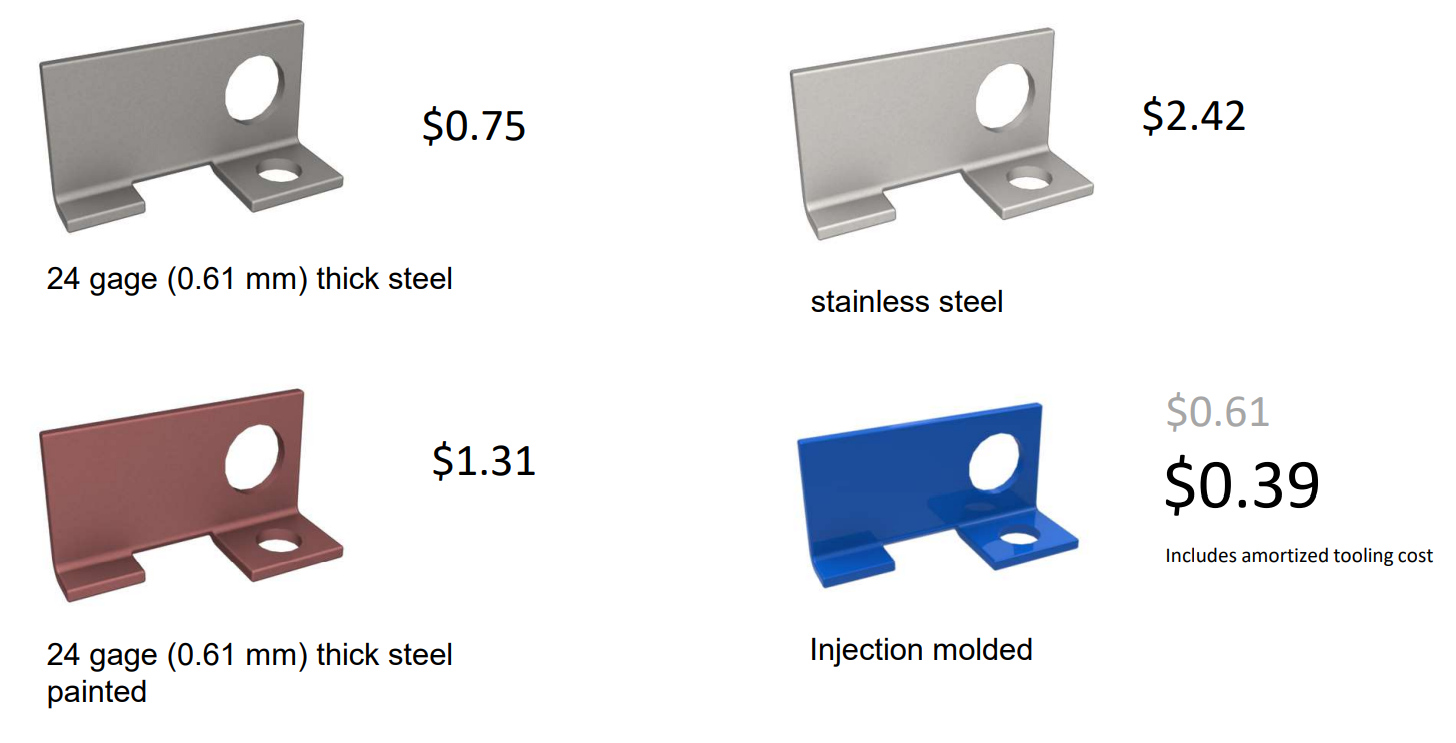DFMA (Design for Manufacturing and Assembly) is a product-development method that cuts total cost and time-to-market by simplifying parts and processes. It combines DFM—optimizing how each part is made—with DFA—optimizing how parts go together—so teams reduce part count, shorten assembly time, improve quality, and accelerate launches across engineering, operations, and supply chains.
Who Should Care About DFMA?
DFMA is crucial for a wide range of stakeholders in the product development and manufacturing lifecycle:
- Product Designers and Engineers: Integrating DFMA principles enables the creation of innovative designs that are practical and cost-efficient.
- Manufacturers: Simplified designs reduce production complexity, lowering costs and accelerating turnaround times.
- Project Managers: Implementing DFMA can lead to more predictable production schedules and budgets.
- Business Owners and Executives: By driving cost savings and quality improvements, DFMA enhances profitability.
- Customers: End-users benefit from higher-quality, more reliable, and often less expensive products due to reduced manufacturing costs.
Design for Assembly (DFA)
A critical component of DFMA, Design for Assembly (DFA) focuses on efficient and cost-effective assembly processes. While Design for Manufacturing (DFM) optimizes individual component manufacturability, DFA prioritizes how these components come together to form a complete product.


Core DFA Strategies
- Reduce the number of parts: Fewer parts mean fewer opportunities for misalignment, damage, or assembly errors—plus lower inventory and logistics costs.
- Standardize components: Common parts reduce the need for specialized tools, streamline inventory, and simplify training.
- Design for automatic assembly: Symmetry, self-location, alignment pins, snap-fits, and chamfers enable automation and speed.
- Minimize orientation/handling: Parts that can be assembled in any orientation improve flow and reduce takt time.
- Reduce fasteners: Replace screws/bolts with snap-fits, adhesives, or welding where appropriate.
DFA reduces complexity, optimizes workflows, and minimizes waste, resulting in high-quality, easily assembled products—and faster ramps to volume.
Design for Manufacturing (DFM)
Design for Manufacturing (DFM) optimizes products for efficient, cost-effective production by considering manufacturing constraints early in the design phase.

Key DFM Principles
- Reduce manufacturing costs through better design: Tailor designs to injection molding, machining, sheet metal, etc.
- Simplify geometries: Minimize operations and errors.
- Select appropriate materials: Favor processable, cost-effective materials considered holistically.
- Enhance supplier collaboration: Understand cost drivers and feasibility to negotiate effectively.
Manufacturing Processes to Consider
- Injection Molding: Uniform wall thickness, draft angles, minimized undercuts.
- Machining: Simplify geometries, reduce setups, choose machinable materials.
- Sheet Metal: Design for efficient cutting, bending, and assembly while minimizing scrap.
- Die Casting: Enable easy ejection and reduce secondary ops.
- Extrusion: Standardize cross-sections; consider flow characteristics.
Global Manufacturing Cost Data
Early DFM choices are sensitive to where parts will be made. Global manufacturing profiles provide region-specific inputs—such as typical wages, overhead structures, and energy costs—for 22+ countries. Using these data alongside DFMA helps engineers tune designs to the economics of the intended production region rather than a generic average.
- Region-aware process selection: Compare machining vs. molding vs. sheet metal when labor and energy contributions differ by country.
- Geometry/cycle trade-offs: Evaluate how wall thickness, draft, or feature simplification influences cycle time and cost under local rates.
- Tolerance & finish choices: Right-size tolerances and secondary ops where capability and labor intensity vary by region.
- Batch size & automation: Explore when automation or fixture investment pencils out given local labor/overhead ratios.
- Sensitivity checks: Run “what-if” scenarios (e.g., energy price swings) to see which features or processes drive cost in each location.
Outcome: the same simplified design can be configured for different regions with fewer surprises in cycle time, labor share, and total unit cost.
Typical DFMA Outcomes
DFMA®: A Unified Approach
Design for Manufacturing and Assembly (DFMA) combines DFM and DFA to minimize inefficiencies, reduce costs, and accelerate production while maintaining quality.
Synergistic Goals
- Simplification: Reduce operations and part count for easier builds and lower labor/material cost.
- Standardization: Use common materials/components to simplify supply chains and inventory.
- Error reduction: Design for tolerance capability and error-proof assembly.
- Automation compatibility: Make parts/assemblies easy for robots to grip, position, and fasten.
DFMA also aligns with sustainability goals by reducing material waste, energy consumption, and environmental impact through simpler designs and streamlined assembly.
DFMA FAQs
What does DFMA stand for?
Design for Manufacturing and Assembly—an approach that simplifies parts and processes to cut cost, reduce assembly time, and improve quality.
How is DFMA different from DFM or DFA alone?
DFM optimizes individual parts for manufacturing; DFA optimizes how parts come together. DFMA combines both to minimize total product cost and time-to-market.
What results can DFMA deliver?
Typical outcomes include 20–50% part-count reduction, 10–30% assembly-time reduction, and supply-chain and tooling savings—vary by product and volume.
Who benefits from DFMA?
Design engineering, manufacturing/operations, program management, and executives seeking cost-out, faster ramps, and higher reliability.
Does DFMA include global manufacturing cost data?
Yes. DFMA Global Manufacturing Profiles provide country-level manufacturing cost inputs (wages, overheads, energy, and related factors) across 22+ countries to compare should-costs and total landed costs by region and tariff scenario. Teams use these data to guide sourcing, footprint strategy, and supplier negotiations.
Explore DFMA case studies and the latest papers at the DFMA Forum.
Ready to see DFMA in action? Request a DFMA Demo





